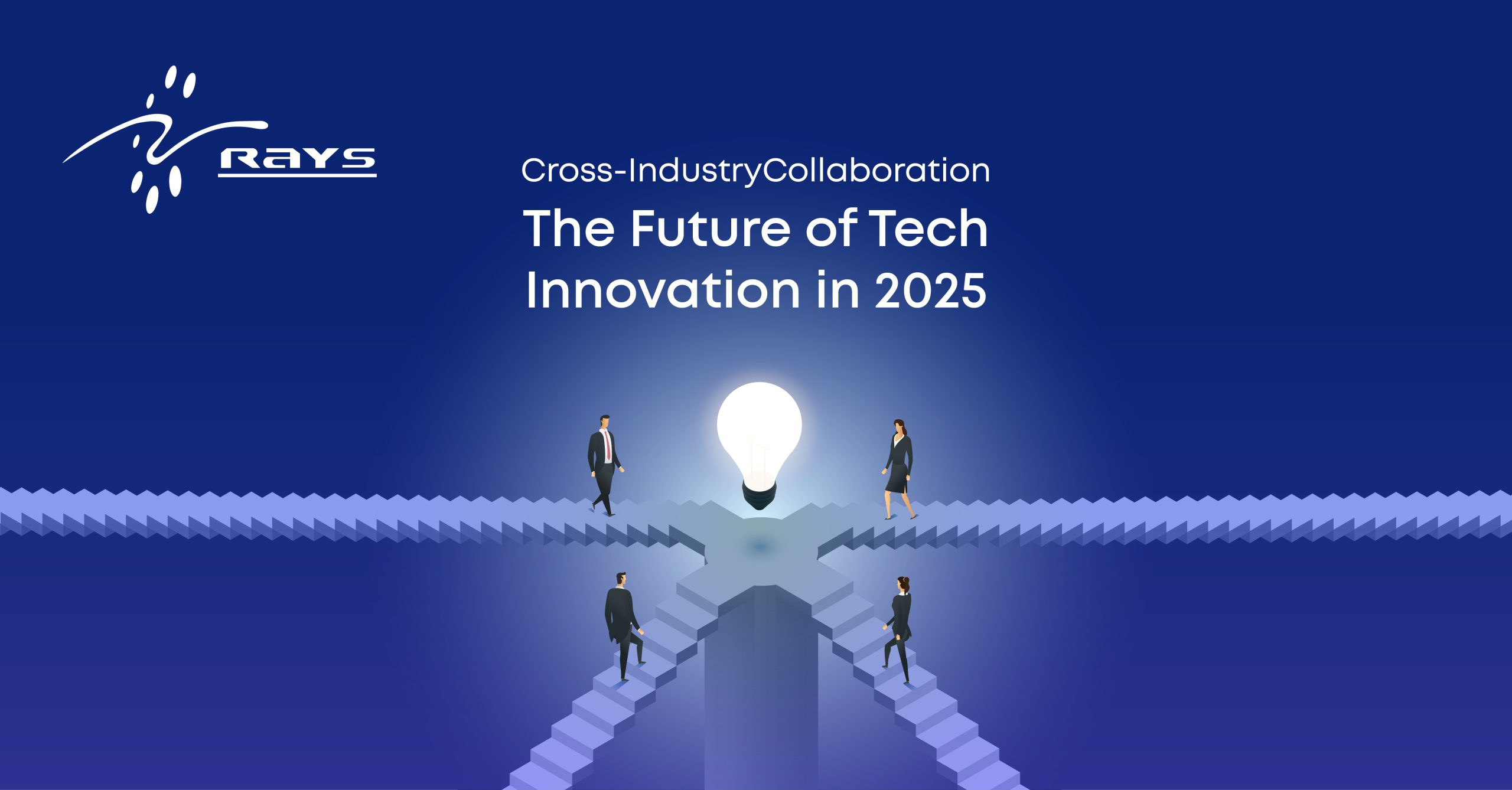In today’s rapidly evolving digital economy, innovation no longer lives within the walls of a single industry. The most impactful breakthroughs are happening where industries intersect—where healthcare meets IT, retail partners with cloud providers, and manufacturing collaborates with artificial intelligence. This cross-industry collaboration is redefining the way businesses operate, innovate, and deliver value.
In 2025, organizations that embrace collaborative partnerships are discovering not just efficiency gains but also entirely new business models. Let’s explore how this shift is shaping the future of tech innovation and what it means for businesses across the globe.
1.Why Cross-Industry Collaboration Matters in 2025
The traditional model of innovation—siloed, industry-specific, and internally funded—can’t keep up with the pace of digital disruption. Customers expect personalized, real-time solutions, and delivering them often requires expertise from multiple sectors.
- Healthcare + IT: Telemedicine platforms need cloud infrastructure, cybersecurity, and AI-driven diagnostics.
- Retail + Tech: E-commerce leaders rely on data analytics, payment solutions, and logistics optimization powered by IT.
- Manufacturing + AI/IoT: Smart factories require automation, predictive maintenance, and real-time monitoring enabled by sensors and AI.
This convergence is no longer optional; it’s a competitive necessity.
2.The Benefits of Cross-Industry Partnerships
Faster Innovation Cycles
When industries combine forces, they shorten the time from idea to market. IT provides the digital backbone, while sector experts bring domain-specific knowledge.
Customer-Centric Solutions
Cross-industry collaboration places the customer experience at the center. For example, financial institutions working with IT firms can deliver secure, frictionless mobile banking that rivals fintech startups.
New Revenue Models
Partnerships open opportunities beyond traditional markets. Think “healthtech,” “fintech,” and “edtech”—hybrid industries born from collaboration.
Enhanced Resilience
Shared expertise improves risk management, cybersecurity readiness, and compliance, helping companies thrive in uncertain times.
3.Real-World Success Stories
- Healthcare & AI: Hospitals adopting AI-powered diagnostic tools (developed with IT firms) are reducing diagnosis times by up to 40%.
- Retail & Cloud Computing: Major retailers collaborating with cloud providers are using predictive analytics to manage supply chains and improve customer loyalty programs.
- Manufacturing & IoT: Automotive companies are teaming with IT providers to deploy IoT-enabled sensors, ensuring predictive maintenance and reducing downtime costs.
These examples highlight how collaboration creates measurable business impact.
4.Challenges on the Road to Collaboration
While the opportunities are vast, collaboration isn’t without hurdles.
- Cultural Misalignment: Traditional industries may struggle to adopt agile methodologies common in IT.
- Data Sharing & Security: Sharing sensitive customer or operational data raises privacy and compliance concerns.
- Governance Complexity: Defining accountability across industries can slow down innovation if not managed effectively.
Overcoming these challenges requires strong leadership, trust, and clear governance models.
5.The Future Outlook:Collaboration as the Innovation Engine
Looking ahead, cross-industry collaboration will continue to blur industry lines. Emerging technologies like generative AI, edge computing, and blockchain will accelerate this trend by enabling seamless data sharing and real-time decision-making.
In 2025 and beyond, companies that succeed will be those that:
- Build ecosystems, not just products.
- Treat collaboration as a strategic investment, not a side project.
- Focus on customer outcomes rather than industry boundaries.
Conclusion
The future of tech innovation is no longer confined to IT alone. It’s a shared journey across industries, driven by collaboration, enabled by technology, and focused on delivering better outcomes for people and businesses alike.
Cross-industry partnerships aren’t just shaping the future of IT—they are shaping the future of every industry. For organizations willing to embrace collaboration, 2025 marks the start of a more agile, customer-focused, and innovation-driven era.
 +1 (301) 610-3555
+1 (301) 610-3555
 +1 (301) 610-3555
+1 (301) 610-3555
 +91 70161 27118
+91 70161 27118





